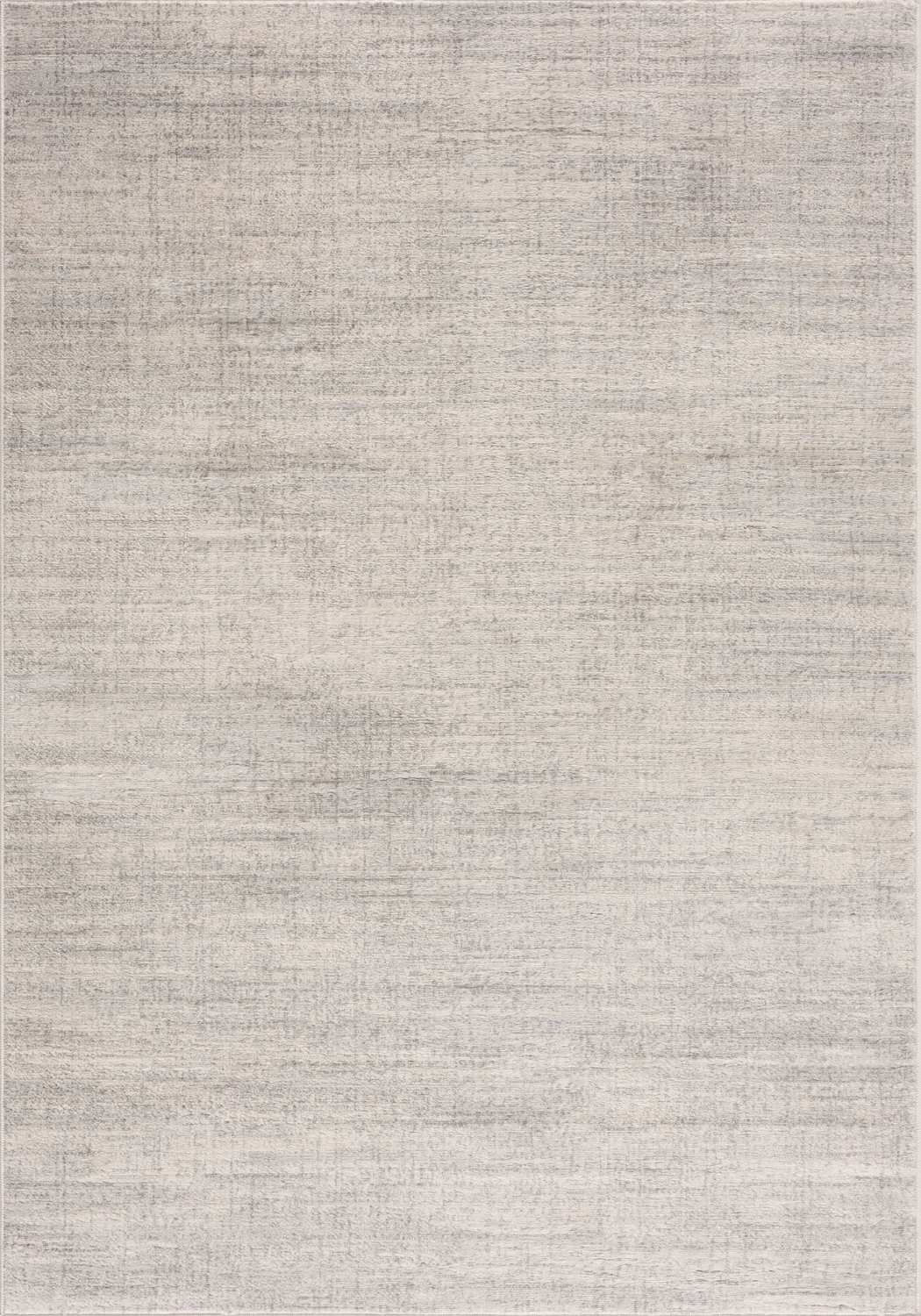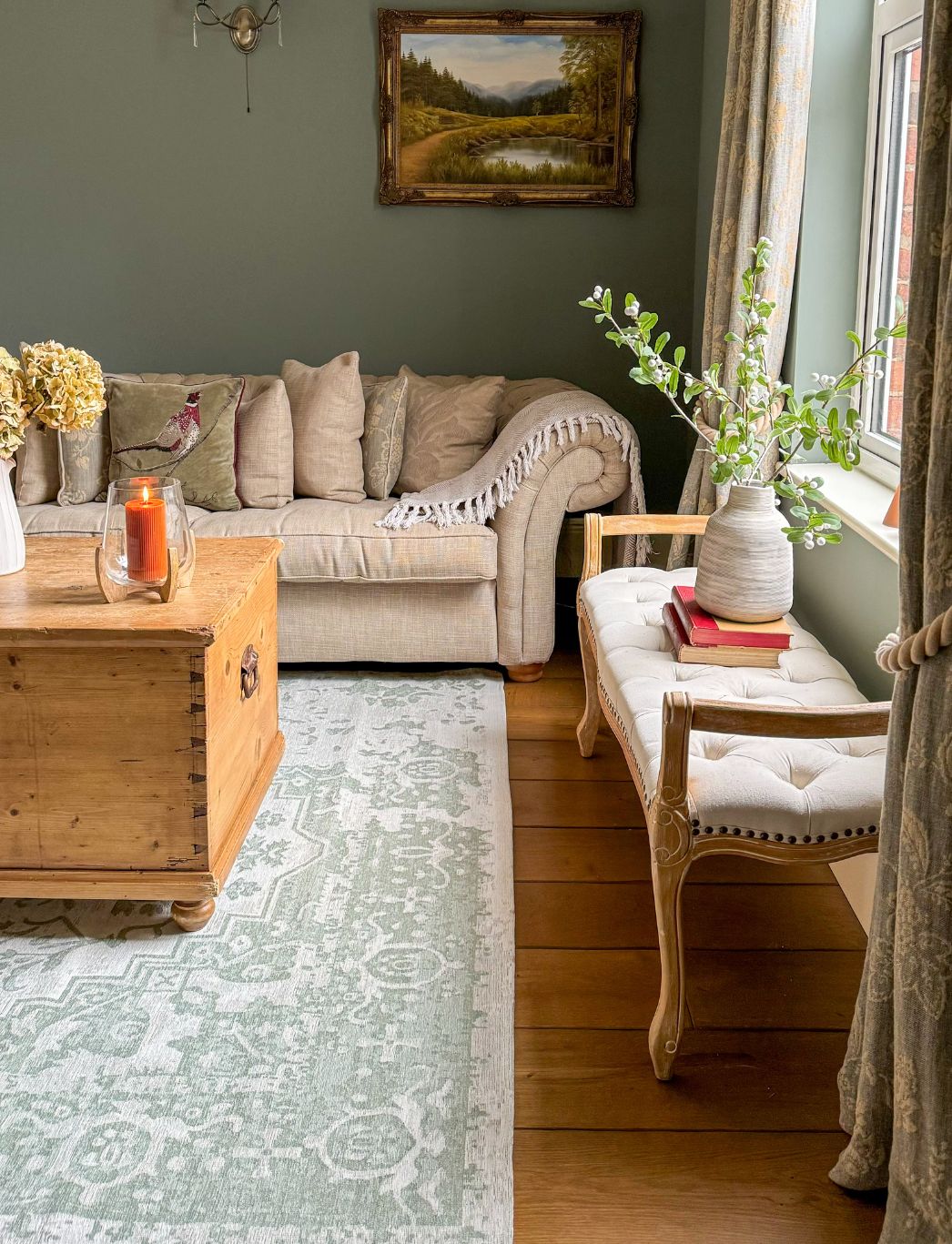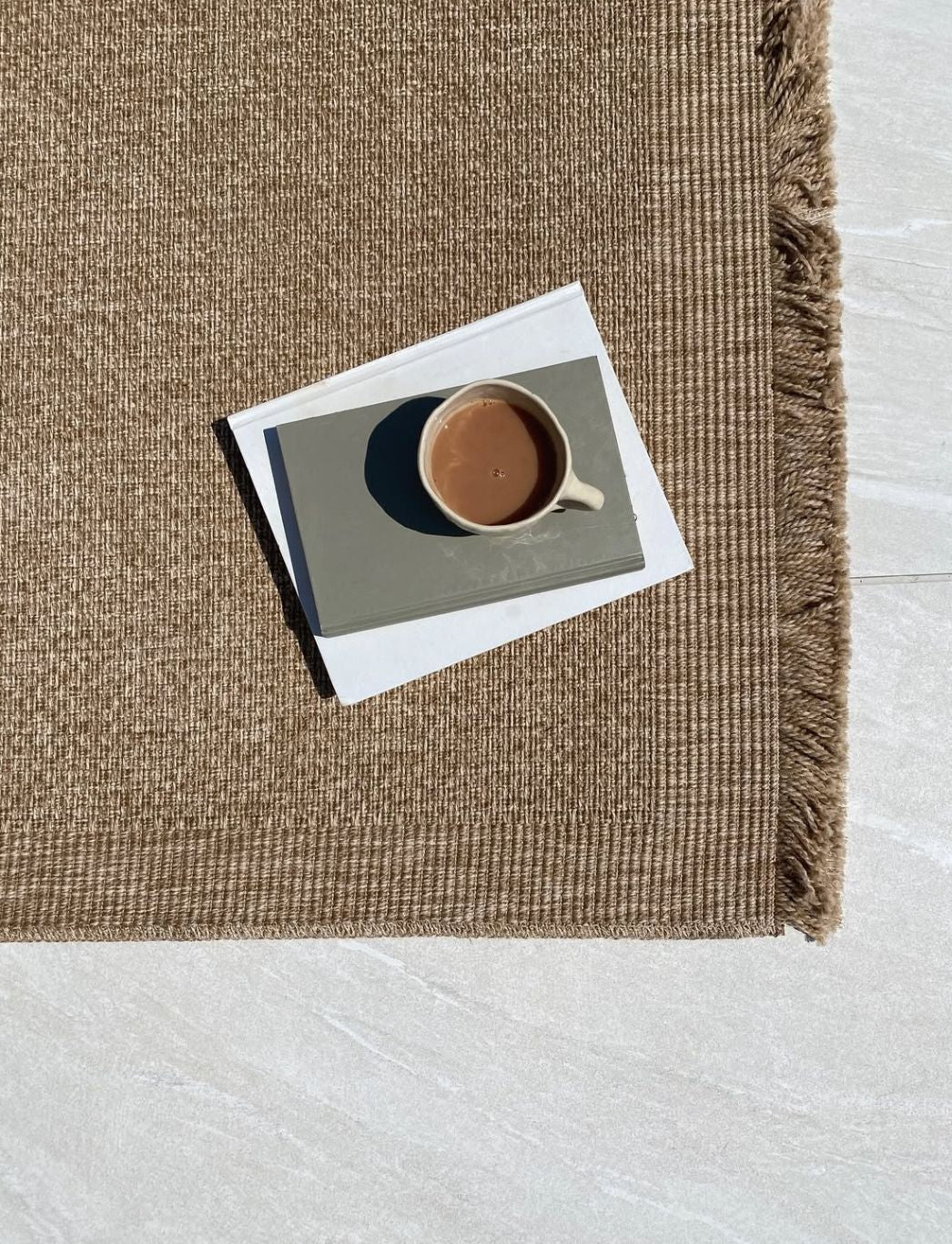Restoring a Burned Rug: Expert Tips for Reviving Your Beloved Flooring
Burn marks on rugs, often caused by cigarettes, hot irons, or open flames, not only affect aesthetics but can weaken fibres and pose safety hazards. Different materials, like wool vs. synthetic, react uniquely to burns and repairs.

Understanding Burned Rugs: Causes and Effects
When it comes to maintaining the beauty of our homes, rugs often play a crucial role. However, accidents happen, and one of the most distressing incidents can be a burn mark on your rug. Understanding the causes of such damage is essential to address the issue effectively. Common causes include dropped cigarettes, hot iron mishaps, or even accidental contact with an open flame. Each of these can leave unsightly marks, compromising the integrity and appearance of your flooring.
The effects of burns on rugs extend beyond just the visible damage. A burn can weaken the fibres, leading to a loss of structural integrity over time. Furthermore, it can create a potential safety hazard, especially if the rug is placed in a high-traffic area. The aesthetic impact is also significant, as a damaged rug can detract from the overall décor of a room, making it crucial to address the issue promptly.
Knowing the types of materials your rug is made from can also influence how susceptible it is to burns and how it can be repaired. Natural fibres like wool might react differently to synthetic materials such as nylon or polyester. Being informed about these materials can help in choosing the correct restoration method, ensuring a more successful outcome.

Assessing the Damage: How to Evaluate Your Burned Rug
Before embarking on any restoration process, it's vital to assess the extent of the damage to your burned rug. This evaluation will guide you in deciding whether a DIY method is feasible or if professional assistance is necessary. Start by examining the size and depth of the burn. Small, shallow burns may be more manageable, while extensive damage might require expert intervention.
Consider the location of the burn as well. If the damage is in a conspicuous area, it might necessitate a more meticulous approach to restoration. In contrast, burns located in less visible areas may allow for more straightforward repair methods. Additionally, the type of rug—be it a delicate Persian rug or a more durable commercial carpet—can influence the restoration strategy.
Another aspect to evaluate is the rug's material, as different fibres respond uniquely to various restoration techniques. For instance, wool rugs may require a different approach compared to synthetic ones. By thoroughly assessing these factors, we can make a more informed decision on the best course of action for reviving our cherished flooring.

Immediate Steps to Take After a Burn Incident
Acting swiftly is crucial to minimise the damage after a burn incident. The first step is to remove any source of heat or flame to prevent further damage. If the burn is still smouldering, gently pat it with a damp cloth to extinguish any remaining heat. Avoid rubbing, as this can exacerbate the damage by spreading the burn.
Next, assess the extent of the damage to determine if immediate action can mitigate the impact. For small burns, gently trim away any singed fibres using a pair of sharp scissors. This simple step can significantly reduce the visibility of the burn, providing a temporary solution until a more thorough restoration can be undertaken.
Lastly, consider applying a cold compress to the affected area. This can help soothe the fibres and prevent further scorching. Remember, these immediate actions are not a substitute for comprehensive restoration but can help preserve the rug's condition until further steps are taken.

DIY Methods for Restoring a Burned Rug
For those who wish to tackle the problem themselves, several DIY methods can be effective in restoring a burned rug. One popular technique is the use of sandpaper to gently buff away the burn mark. By carefully sanding the affected area, you can remove the charred fibres, revealing the undamaged fibres beneath. However, caution is advised to avoid over-sanding, which may lead to additional damage.
Another method involves using a mixture of white vinegar and water. This solution can help lift the burn mark without damaging the rug's fibres. Apply the mixture with a clean cloth, dabbing gently at the burn. This technique is particularly useful for lighter burns and can help restore some of the rug's original appearance.
For those who enjoy a hands-on approach, consider re-weaving or patching the damaged section using spare fibres from an inconspicuous area of the rug. This method requires patience and precision but can be highly effective for those with a knack for crafting. By following these DIY methods, you can restore your rug's beauty without the need for professional intervention.

When to Seek Professional Help for Rug Restoration
While DIY methods can be effective for minor damage, there are situations where professional help is warranted. If your rug has suffered extensive burns that cover a large area, it's time to consult a professional. Experts have access to specialised tools and techniques that can address severe damage more effectively than most home methods.
Additionally, if your rug is valuable or has sentimental significance, seeking professional restoration is advisable. Professionals are trained to handle delicate materials and can restore your rug without risking further damage. This is particularly important for antique or rare rugs, where improper handling could lead to irreversible harm.
Finally, if previous DIY attempts have not yielded satisfactory results or if you're unsure about the best course of action, reaching out to a professional can save time and ensure a more successful restoration. Investing in professional services can ultimately preserve the rug's value and prolong its lifespan.

Preventative Measures: How to Avoid Future Burn Damage
Prevention is always better than cure, especially when it comes to preserving our beloved rugs. One of the simplest ways to avoid future burn damage is by implementing safety measures around potential sources of heat. Ensure that all smoking materials are properly extinguished and stored away from rugs, and be cautious when using appliances like irons or hair straighteners near your flooring.

Consider rearranging furniture to create a buffer zone between heat sources and rugs. Placing fire-resistant mats under furniture that could potentially tip over and cause burns is another practical step. These preventative measures can significantly reduce the risk of accidental damage.
Regularly educating household members about fire safety and the importance of handling heat sources responsibly can also contribute to preventing burn incidents. By fostering a culture of awareness and caution, we can better protect our rugs from future harm.

Choosing the Right Cleaning Products for Your Rug
Selecting the appropriate cleaning products is crucial for maintaining the appearance and longevity of your rug. When dealing with burn marks, using the wrong products can exacerbate the damage or cause discolouration. Therefore, it's essential to choose solutions specifically designed for the type of material your rug is made from.
For natural fibre rugs, opt for gentle, natural cleaning products that won't strip the fibres of their essential oils. On the other hand, synthetic rugs may benefit from stronger, more robust cleaners. Always perform a patch test on a small, inconspicuous area before applying any product to the entire rug, ensuring it doesn't cause adverse reactions.
Moreover, consider investing in cleaning products that offer protective properties, such as those that provide a flame-retardant layer. This added protection can not only clean your rug but also help in preventing future burn damage. By choosing the right products, we can extend the life of our rugs and maintain their beauty for years to come.

The Importance of Regular Rug Maintenance
Regular maintenance is key to preserving the condition and appearance of your rug. Routine care not only prevents damage but also keeps your rug looking fresh and vibrant. Begin by vacuuming regularly to remove dirt and debris that can wear down fibres over time. This simple habit can make a significant difference in maintaining the rug's texture and colour.
In addition to vacuuming, periodic deep cleaning is essential. Depending on the type of rug, this can be done using professional cleaning services or DIY methods. Deep cleaning helps remove embedded dirt and stains, revitalising the rug's fibres and ensuring its longevity.
Finally, consider rotating your rug every few months to distribute wear evenly. This practice can prevent certain areas from becoming overly worn or faded, maintaining a uniform appearance. By incorporating these maintenance habits into your routine, you can enjoy your rug's beauty and comfort for many years.

Success Stories: Transformations of Burned Rugs
Hearing about successful rug restorations can be inspiring and reassuring. Many individuals have managed to revive their burned rugs, restoring them to their former glory. For instance, one homeowner reported using a combination of gentle sanding and professional cleaning to completely erase a large burn spot, breathing new life into their living room's centrepiece.
Another success story involves a delicate Persian rug, which was meticulously restored by a professional. Despite suffering from significant burn damage, the expert's careful reweaving brought the rug back to life, preserving its intricate patterns and colours. Such transformations demonstrate the potential for even severely damaged rugs to be restored with the right techniques.
These stories highlight the importance of not giving up on a damaged rug. With patience, the right approach, and sometimes a bit of professional help, it is possible to overcome what initially seems like irreversible damage. These success stories serve as reminders of the resilience and beauty that can be reclaimed through effective restoration efforts.

Conclusion: Reviving Your Beloved Flooring
Reviving a burned rug may seem daunting, but with the right knowledge and approach, it is entirely achievable. From understanding the causes and assessing the damage to implementing immediate actions and considering both DIY and professional restoration methods, there are numerous ways to breathe new life into your beloved flooring.
By taking preventative measures and selecting appropriate cleaning products, we can protect our rugs from future harm. Regular maintenance ensures that our rugs remain in excellent condition, allowing us to enjoy their beauty and comfort for many years. Remember, even in the face of damage, successful transformations are possible, offering hope and inspiration.

If you find yourself facing a burned rug situation, don't hesitate to take action. Whether you choose to embark on a DIY project or seek professional assistance, the key is to start the restoration process promptly. Let us help you restore the heart of your home; reach out today for expert advice and services that can revive your cherished rug to its former splendour.
FAQ
What are common causes of burn marks on rugs?
Common causes include dropped cigarettes, hot iron mishaps, or accidental contact with an open flame.
How can I assess the damage to my burned rug?
Evaluate the size, depth, and location of the burn, and consider the rug's material to determine if DIY methods or professional help is needed.
What immediate steps should I take after a burn incident?
Remove the heat source, pat with a damp cloth, trim singed fibres, and apply a cold compress to minimise damage before comprehensive restoration.
When should I seek professional help for rug restoration?
Consult professionals for extensive burns, valuable rugs, or if DIY attempts fail, as they have specialised tools and techniques for effective restoration.
How to fix a burnt rug?
Fixing a burnt rug requires quick action. First, trim away charred fibres with scissors, being careful not to cut too deeply. For light burns, gently sand the area with fine-grit sandpaper to remove scorched tips. Deep burns may need professional repair or creative solutions like rearranging furniture to cover the damage. Consider using a matching marker to color exposed backing or applying carpet adhesive with similar fibers from an inconspicuous area of the same rug to patch smaller burns.
How to fix burnt carpet without extra carpet at home?
Fixing burnt carpet without spare material requires creativity. For small burns, use nail scissors to trim charred fibres level with the surrounding carpet carefully. For medium burns, try borrowing fibres from hidden areas like closets or under furniture—remove a few strands and attach them to the damaged spot with carpet adhesive. Crafty solutions include using felt markers, matching your carpet colour to disguise the burnt backing. As a last resort, consider strategic furniture placement or decorative rugs to cover more severe damage until professional repair is possible.










Leave a comment